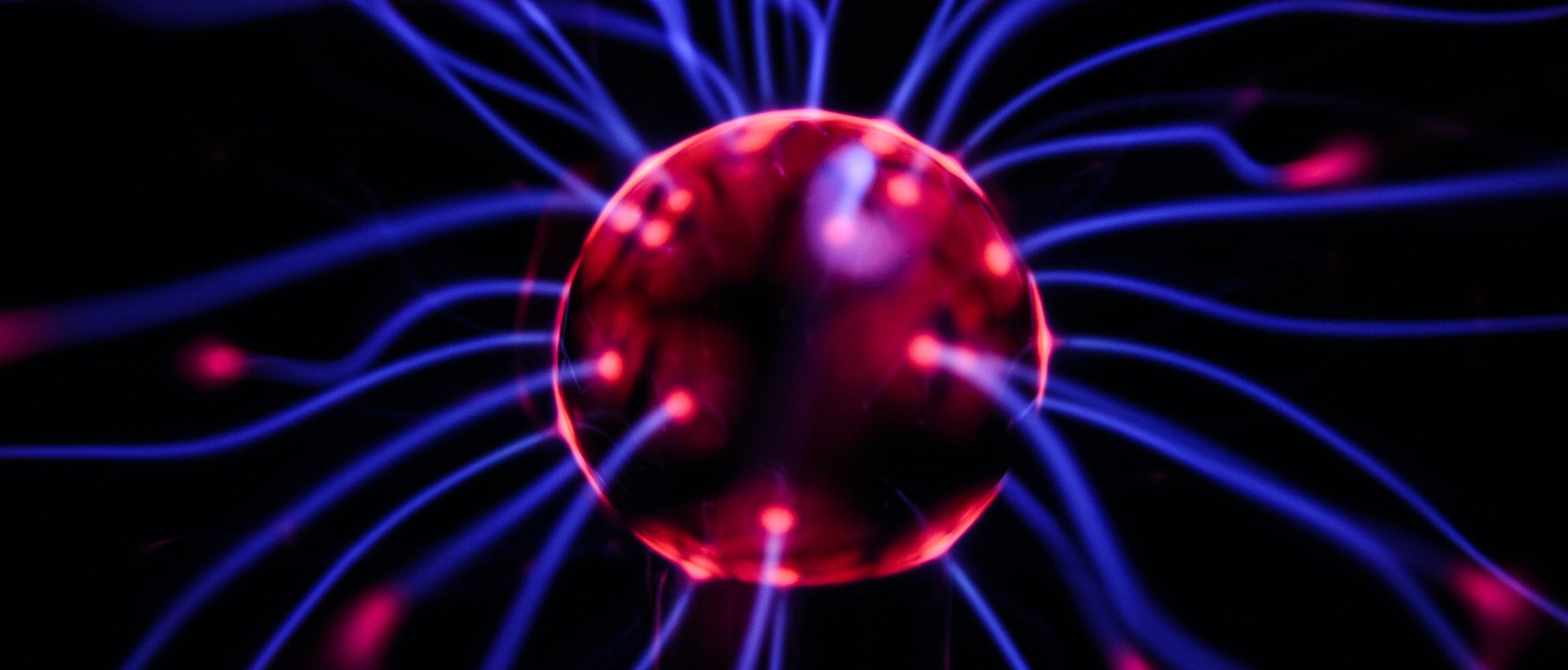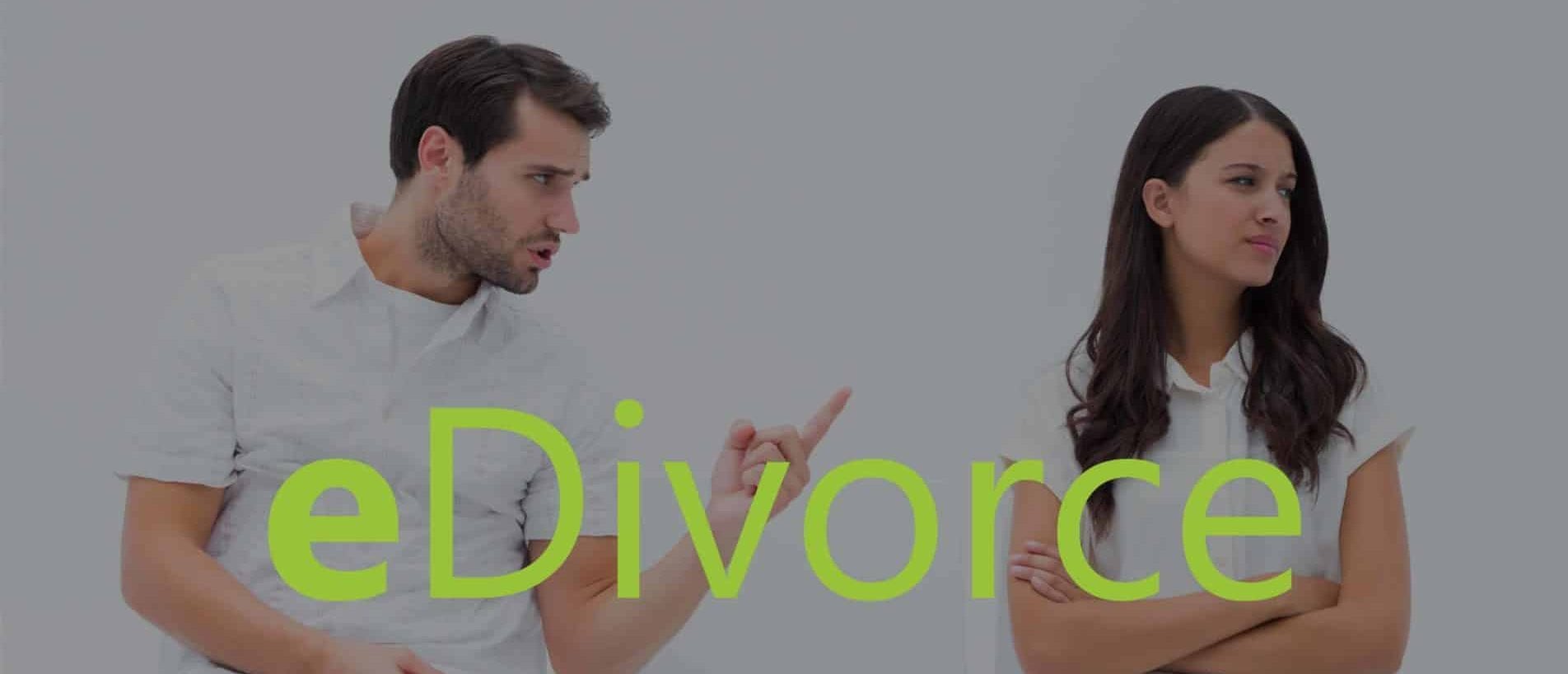So, you probably thought it was pretty standard that everyone has two parents, right? Think again! In ground-breaking legislation the Australian Parliament introduced a new law on 30 March 2022 to regulate new assisted reproductive techniques that, in essence, results in three-parent babies, being only the second country in the world to recognise this parenting scenario, behind the UK.
Maeve’s Law
The new legislation – Mitochondrial Donation Law Reform (Maeve’s Law) Bill 2021 (Cth) – is set to aid in the reduction in risk of parents passing on mitochondrial diseases to their children. The law was named after Miss Maeve Hood who has been diagnosed with Leigh disease which is a severe neurological disorder that results in a person’s loss of mental and movement abilities over time, and the person suffering from it is likely to die at a young age. The disease develops because of a person’s mutated mitochondrial DNA.
Why is the mitochondria so important? It is the powerhouse of the cell. It produces the energy for the cell’s survival and functionality. If the mitochondria fails to produce enough energy, the result is usually deadly. The mitochondrial DNA is solely passed down through the mother and if the mother carries the mutated mitochondrial DNA, there is a real risk that the mother can pass on the mutated mitochondrial DNA to her child, thus putting that child’s life at severe risk.
To overcome the mother passing on mutated mitochondrial DNA to her child, medical professionals have devised a process called a mitochondrial donation. The mitochondrial donation can take place using one of two procedures.
The first procedure involves separating the mother’s nuclear DNA from the mutated mitochondrial DNA that are found in her eggs. The mother’s nuclear DNA is transferred to a donor egg with healthy mitochondrial DNA, and then the parents undergo an IVF process with sperm material from the father. This is called the Maternal Spindle Transfer.
The other procedure, called the Pronuclear Transfer, operates in a different way that has attracted some controversy. The sperm material enters both the mother’s and donor’s eggs, to fertilise those and form a pronuclei. The pronuclei from the parents is removed from the mother’s eggs with the mutated mitochondrial DNA and then transferred to the donor’s eggs with healthy mitochondrial DNA. The pronuclei from the donor’s eggs are discarded. The Pronuclear Transfer process has attracted its critics who argue that once sperm enters an egg and fertilises it, the egg becomes an embryo and vis-à-vis it is human life.
The result of either procedure is that a child will be born with DNA from each parent, together with the mitochondria from an egg donor. Until this new law came along, Australia had some of the strictest laws in place concerning tampering with human genetic material. This included using the genetic material from more than two people to aid in the creation of an embryo.
Impact on family law
What is the impact of on the family law legislation?
The legislation below is engaged and amended to give effect to the purpose of the Mitochondrial Donation Law Reform (Maeve’s Law) Bill 2021 (Cth):
- the Prohibition of Human Cloning for Reproduction Act 2002 (Cth)
- the Research Involving Human Embryos Act 2002 (Cth)
- the Research Involving Human Embryos Regulations 2017 (Cth)
- the Therapeutic Goods (Excluded Goods) Determination 2018 (Cth) and
- the Freedom of Information Act 1982 (Cth).
So, there is no direct change to the family law legislation as we know it.
Section 60H of the Family Law Act 1975 (Cth) already sets out how the law treats a child that is the product of an artificial conception procedure, if the involvement of another person was nothing more than merely providing genetic material for the artificial conception procedure. However, a parent is not defined in the family law legislation. There could be untold classes of people who could be a child’s parent and such people may qualify as parents of children who are born of artificial conception procedures. And so, the question of ‘who is a parent?’ can still depend on the circumstances of each case.
Given that the law has only recently been introduced, it is likely that we may see an increase in cases in the Family Court and the circumstances of each individual case may in fact set a precedent for different scenarios, paving the way for who may be considered a parent in these situations.
This article was authored by Stewart Kattowicz.
References
https://www.nuffieldbioethics.org/wp-content/uploads/MSTPNT-combined.jpg
Research Involving Human Embryos Act 2002 (Cth). Prohibition of Human Cloning for Reproduction Act 2002 (Cth
Masson v Parsons & Ors [2019] HCA 21












